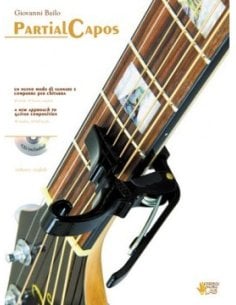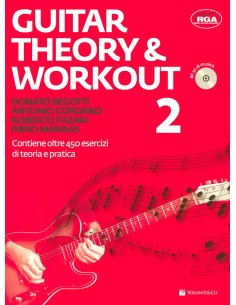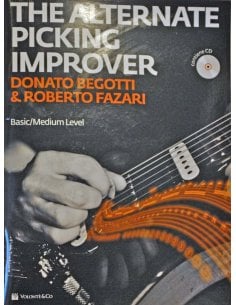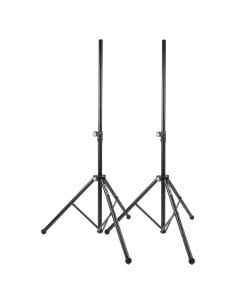-
-
Guitars and basses
-
-
Keyboard
-
-
-
-
Brands
-
-
-
-
Drums
-
-
Microphones
-
-
-
-
Brands
-
-
-
-
Studio
-
-
PA
-
-
-
-
Brands
-
-
-
-
Traditionals
-
-
Winds & Brass
-
-
-
-
Brands
-
-
-
-
DJ
-
-
-
-
Brands
-
-
-
-
Headphones
-
-
-
-
Brands
-
-
-
-
Accessories
-
-
-
-
Brands
-
-
-
-
Cables
-
-
Lights
-
- Rentals
-
Sheet
-
-
Second hand
- Gift Card
- Offers
-
-
Guitars and basses
-
-
Keyboard
-
-
-
-
Brands
-
-
-
-
Drums
-
-
Microphones
-
-
-
-
Brands
-
-
-
-
Studio
-
-
PA
-
-
-
-
Brands
-
-
-
-
Traditionals
-
-
Winds & Brass
-
-
-
-
Brands
-
-
-
-
DJ
-
-
-
-
Brands
-
-
-
-
Headphones
-
-
-
-
Brands
-
-
-
-
Accessories
-
-
-
-
Brands
-
-
-
-
Cables
-
-
Lights
-
- Rentals
-
Sheet
-
-
Second hand
- Gift Card
- Offers
Shipping via express courier (24/48 hours) with tracking
![]()
Pay in instalments with Findomestic
Quick and easy returns up to 30 days
![]()
2-year extended warranty available
Do you need help? Contact us now Click here or call at (+39) 02 8395060.
In this Guitar Chords there are collected as many as 3400 positions relating to the most widely used chords. Thanks to its original graphic layout, each position is clearly displayed and immediately available on the keyboard. For each chord, multiple positions are provided with different fingering, from the easiest to the most complex, from which to choose the most appropriate for the different musical steps. The reading of the diagrams is very simple: - the vertical lines represent the strings from the 6th (on the left) to the 1st (on the right) - the horizontal lines represent the bars of the handle - the boxes, in numbers varying from 1 to 4, represent the keys needed to form the various positions - the numbers placed on the vertical lines indicate the fingers (1=index; 2=middle; 3=ring finger; 4=little finger) and the various points where it is necessary to press the strings - zero indicates 'empty string' that is, free and to play - a headband Black placed on a string indicates 'mute cord' i.e. string to be dampened with a slight pressure of the overlying finger so that it does not play - when a finger, usually the first, is indicated on several strings, it must be arranged 'barré' or in a lying position on the keyboard - strings without any indication should not be played. The diagrams are arranged along the instrument keyboard with the thicker nut line placed at the height of the first key concerned. When two or three positions start from the same button, the related diagrams are aligned at the same height. At the bottom of each table, on a short stretch of staff, there are the notes constituting the various agreements in the fundamental state
.





















